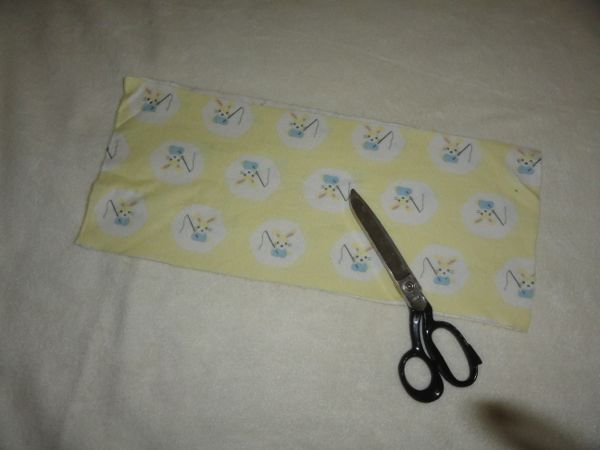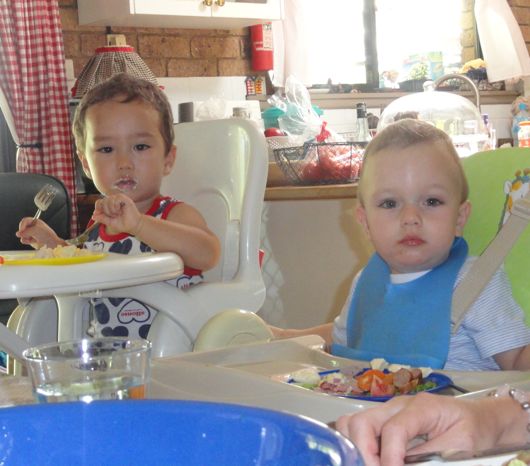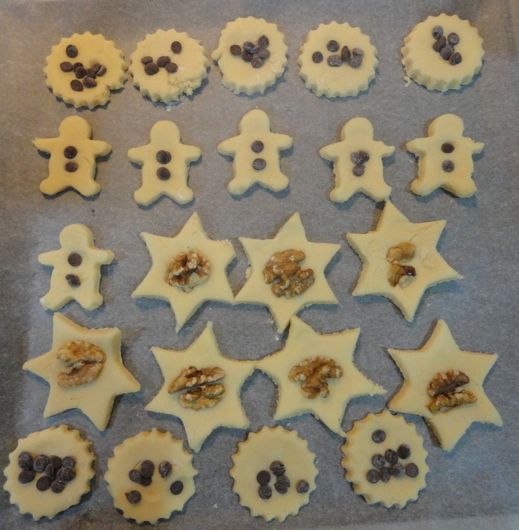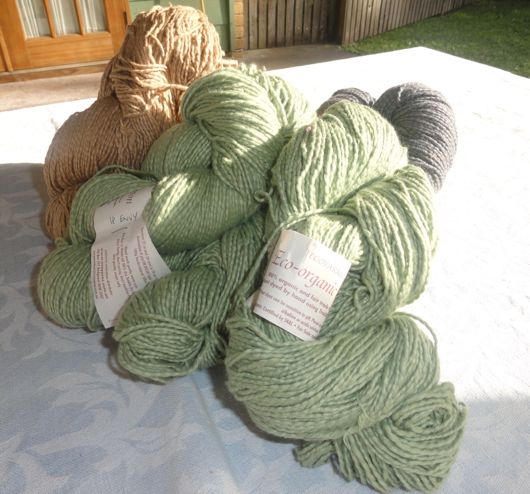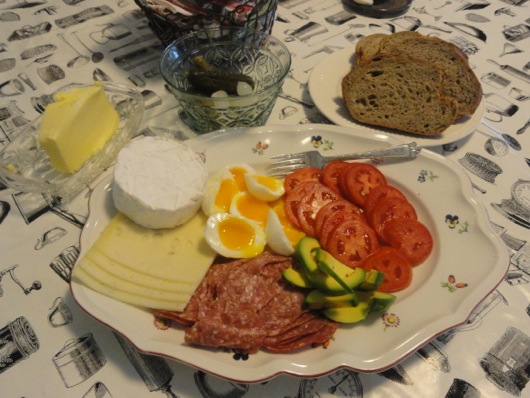I had such a wonderful time on the 1500km trip from home to Tricia's. I got up at 12.30am, had a cup of tea and a crumpet, organised myself and drove out the driveway at 1.45am, heading south. The trip to the Gold Coast, which usually takes two hours, took only 90 minutes at that hour and by the time I reached the southern end of the Gold Coast it was 3.30. I pulled over and had a walk around and a cup of coffee, then crossed over into New South Wales at around 4am. I drove down the Pacific Highway until sunrise, then turned inland at Grafton and headed for Armidale.
This is the road from Grafton to Armidale. It's lined with thousands of tree ferns and other rain forest species and winds up across the Great Diving Range, overlooking the Pacific Ocean.
Climbing up through the mountains, the long and winding road overlooks some spectacular scenery, and then, out of nowhere, a red light!
This photo was taken at the summit, from a lonely lookout, where the trees parted to give the perfect private viewing of the clouds below, with mountain peaks poking through.
The New England Highway is bordered on both sides by trees with either autumn colours or bare branches; it is spectacular. The countryside is brown, in sharp contrast to home where consistent rain over summer has kept everything beautifully green. I was surprised to see quite a few businesses and shops with closing down signs, and two pubs for sale. I haven't seen that before. A sad sign on the times, I guess.
Lunch was had in Tamworth and I happily drove on with short bursts of loud singing, interesting and intelligent discussion on Radio National, the window down, then up, and stopping occasionally to take a photo or two. I wanted to reach Tricia's before dark so apart from one stop to fill up on fuel and one for a toilet break in Mudgee, I drove on. Sure enough, I pulled into Tricia's driveway just after five. She was waiting, the fire was blazing and hot soup was ready to be served.
Tricia with Johnathan by the fire.
Lunch with Tricia and David.
Tricia is looking after her grandson Johnathan at the moment. Yesterday, Tricia, Johnathan and my nephew David, all went to the Megalong Tea Rooms for lunch. This little cafe deep in the Megalong Valley has been operating in the same location since the 1940s. The menu is simple, delicious and mostly home-made. After lunch David helped us with the shopping for the workshops and then took the train home.
I'm not sure what we're doing today, Tricia might be coming down with a cold so it might be a day of knitting in front of the fire. Poor us. LOL







